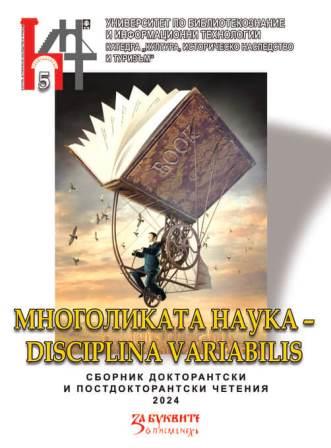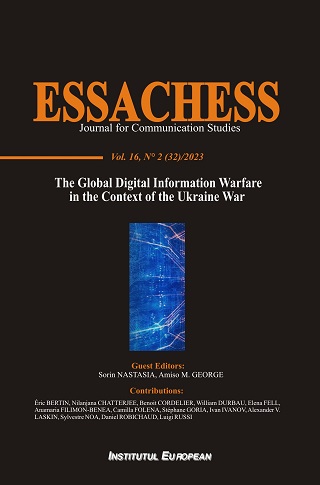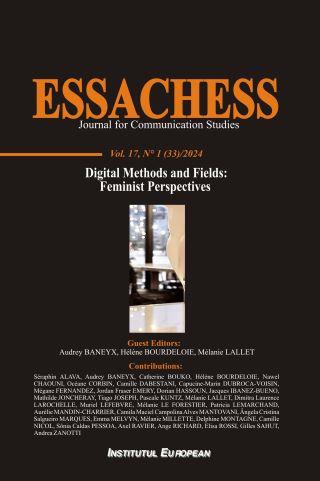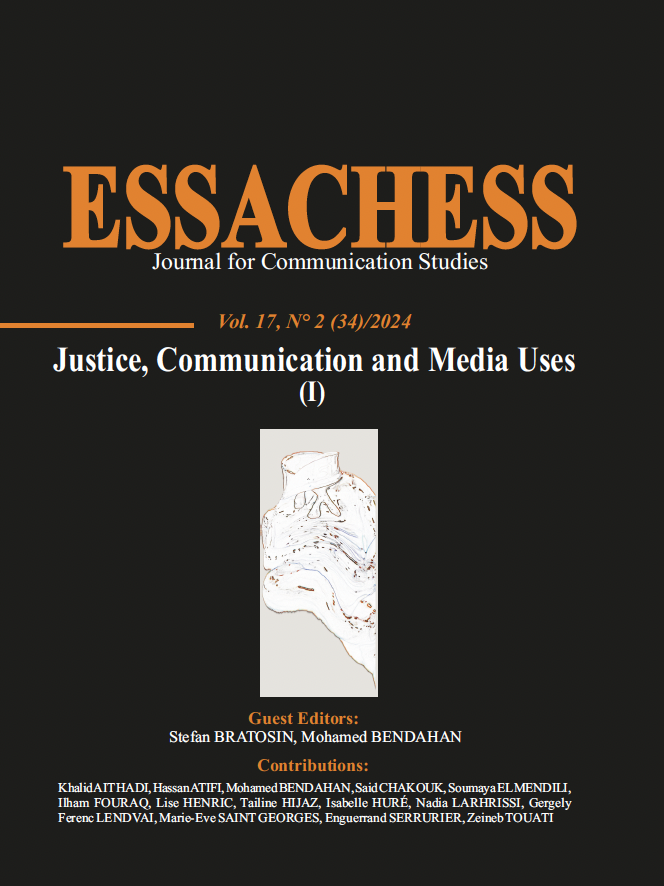
The Creativity of the Albanian Woman in Kosovo Expressed through Çejz
The rich Albanian cultural tradition has many peculiarities that have not been sufficiently documented. A special part of this tradition is the çejz, and especially the handicrafts made by women before getting married and handed over together with the dowry on the occasion of the wedding ceremony. The purpose of this research is to present this tradition among Kosovo Albanians preserved and handed down from generation to generation, despite regional variations. The work was carried out by collecting artefacts (handkerchiefs, tablecloths, bedspreads, etc.) in the field and photographs from the women and the museum, as well as interviewing different women from Kosovo regarding the way the work was done. Knowing the consequences of the last war in Kosovo, where many materials were burnt and damaged, it was not easy to provide the physical works. This paper aims to document this important part of the Albanian heritage, which has not been sufficiently treated and that threatens to disappear.
More...




